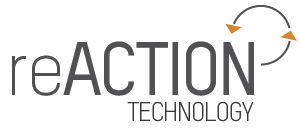
Food & Beverage
Application: Bottling
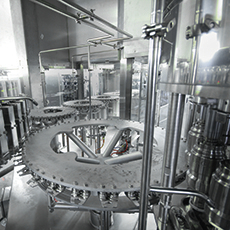
To guarantee high production quality and speed, filling machine valves and analog sensors must be synchronized in real time with an extremely high degree of precision. With reACTION technology, filling valves and flow sensors can be synchronized at an unbeatable resolution of 1 μs, which allows filling machines to be set up with extremely low tolerances. Not only does this minimize wasted raw materials, it also allows possible delays – resulting from activation times, for example – to be calculated automatically by the system. reACTION technology maximizes product quality – regardless of controller performance and network settings.
Advantages:
Advantages:
- No expensive dedicated hardware for controlling the filling process
- More precise filling improves both productivity and quality
- Product quality independent of controller's processing power
Packaging
Application: Adhesive dosing
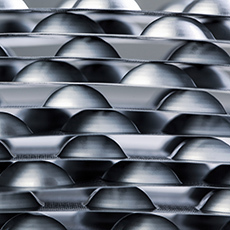
To produce high quality results, packaging machines that work with cardboard and other rigid materials must apply dots of adhesive in extremely precise patterns on a moving target. A machine that produces 600 blister packs per minute has a synchronization time of less than a millisecond. With reACTION technology, the dot pattern can be synchronized to an encoder position in under 200 nanoseconds.
Advantages:
Advantages:
- Higher production speeds
- Improved product quality
- Lower adhesive consumption
Metalworking
Application: CNC laser cutting
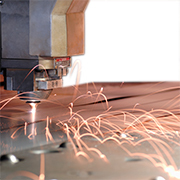
To increase productivity, modern CNC laser cutting machines switch the laser on and off while in motion. This must be performed with a high degree of precision and tightly synchronized with axis positioning. Delays between CNC position setpoints and axis positions must also be compensated. The laser on/off cycles must be in the microsecond range, while the switching times themselves require precision in the nanosecond range. In these types of applications, a reACTION module can read setpoints and actual positions directly from the drive. This saves the cost of an external encoder, cuts back on wiring and also reduces the load on the controller.
Advantages:
Advantages:
- Product quality enhanced through delay compensation in the nanosecond range
- Increased productivity by switching laser on/ off while in motion
- No costly additional hardware required
Environmental
Application: Sorting

Modern sorting plants require extensive and flexible automation to ensure the throughput required by the recycling industry. Precision and speed are particularly crucial for tasks such as evaluating sensors and controlling large pneumatic valve lines. At extremely high sorting speeds, compensation for switching tolerances is also important. reACTION technology can significantly boost the throughput of sorting plants and improve the quality of recycled materials.
Advantages:
Advantages:
- Maximum flexibility
- Extremely high output
- No dedicated hardware required
Plastic
Application: Injection molding
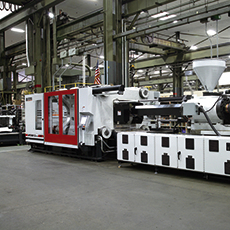
High-speed signal processing and microsecond control precision are vital factors in the plastics processing industry. The precision with which an injection molding machine is able to switch from speed control to pressure control has a direct impact on both product quality and the consumption of raw materials. With an extremely low response time of one microsecond, reACTION technology improves product quality while elevating performance with minimal dry cycle times.
Advantages:
Advantages:
- Raw material savings
- Reduced production costs
- Minimal dry cycle times
Textiles
Application: Air weaving
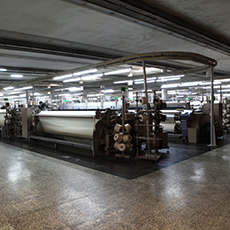
Air weaving is one of the most productive weaving methods. The weft thread is initially blown in and then aerodynamically guided using relay nozzles. These processes place very high demands on the precision and speed of the application – demands that can be mastered perfectly using reACTION technology. Shorter switching times and decreased dead volume considerably reduce the quantity of compressed air consumed by the main, relay and stretching nozzles. In other words, reACTION technology reduces costs without compromising quality.
Advantages:
Advantages:
- Faster switching times
- Increased productivity
- Reduced air consumption
Application: Registration mark detection
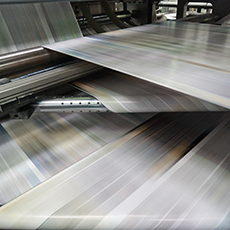
During the printing process, reACTION technology can be used to quickly read and measure marks – registration marks or product identification marks, for example – in the nanosecond range. Post-processing of printed material becomes faster and more precise, with less waste produced during cutting, folding, stapling and collating. In addition, by allowing for a smaller trim, ink consumption is also reduced. And all of this is possible without any expensive dedicated hardware.
Advantages:
Advantages:
- No expensive dedicated hardware required
- Maximum product quality
- Maximum machine productivity
Your industry:
- Woodworking
- Pharmaceuticals
- Semiconductors
- ...